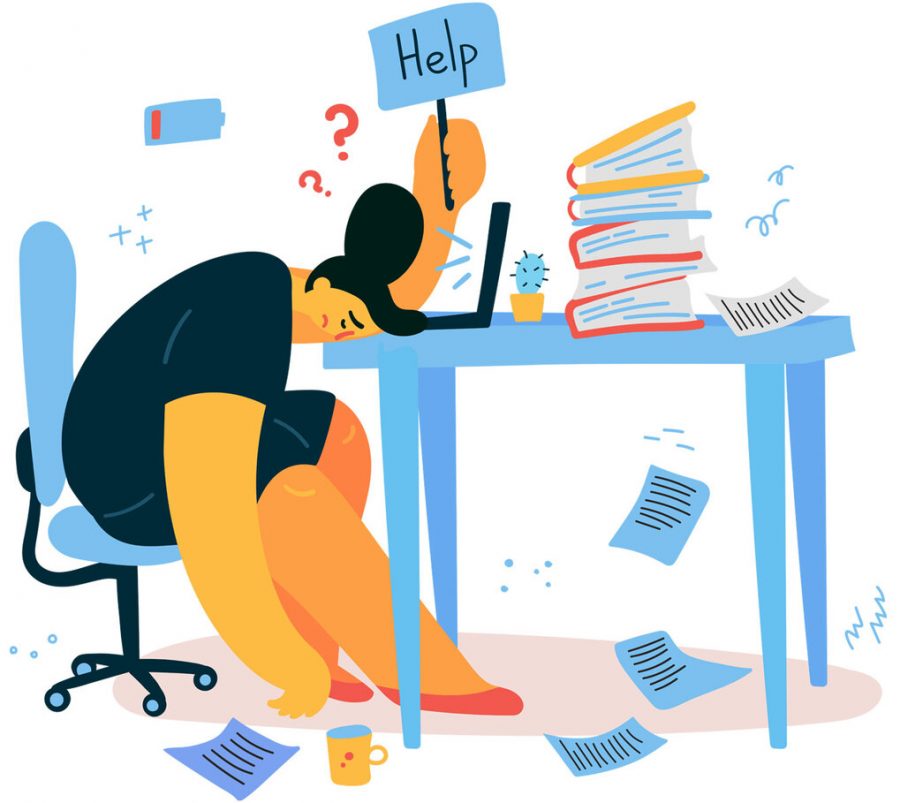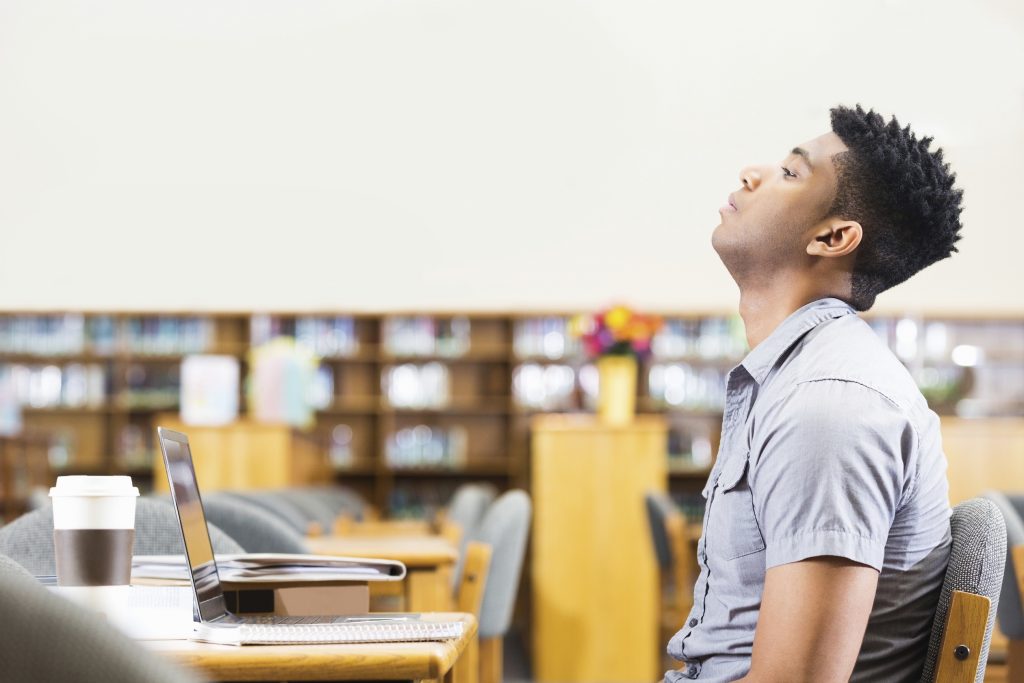
Academic burnout is a very common issue, especially among senior secondary school students. Juggling schoolwork, UTME & post-UTME exams, university applications, extracurricular activities, graduation preparations, and everything else is daunting. Amazingly, it is possible to avoid or overcome academic burnout and finish out secondary school strong. If you’re worried that your student is struggling, here’s what you need to know.
What is Academic Burnout?
In a simpler term, burnout is a negative physical, mental, and emotional state that arises in response to stress. While it’s traditionally associated with working professionals, it can impact anyone who participates in specific kinds of activities. With academic burnout among high school students, the main stressors tend to be those related to schooling. This can include attending classes, handling homework, taking tests, and similar activities.
At times, academic burnout also extends into other parts of the school experience. For example, extracurricular activities may fall into this category, as well as certain social aspects of being a secondary school student.
Regardless of the precise cause, burnout in students tends to lead to mental and emotional fatigue or exhaustion. For anyone, prolonged stress tends to be damaging, negatively impacting motivation, concentration, and more. At times, the implications of burnout are broad, affecting a person’s entire life. In others, the ramifications are more focused, limited mainly to the activities that are the source of stress.

Signs of Burnout
The signs of burnout vary among students. In some cases, there are physical signs. In nearly all cases, there are mental and emotional symptoms. However, the signs are always intrusive, impacting the student’s academic life, at a minimum, and potentially harming other aspects of their lives as well.
Here is an overview of some of the common signs of academic burnout in students:
- Falling academic performance
- Lack of interest in activities that were once enjoyable
- Increased absences from school
- Reduced confidence in one’s academic abilities
- Inability to focus at school and home
- Frequent or chronic insomnia
- Anxiety or depression feelings
- Reduction in motivation
- Increased reliance on bad habits as stress relievers
- Irritability, frustration, or hostility
- Fatigue, exhaustion, and tiredness
- Self-destructive or self-harm behavior
There can be other symptoms of burnout as well. Every person is unique, so reactions to stress and burnout can vary. However, those above can serve as a starting point, allowing you to keep an eye out for potential symptoms in your student.
It’s essential to take any burnout signs you or your student spots seriously. Ignoring the issue will typically make it worse, increasing the odds of poor outcomes and bigger struggles. In contrast, early action can make burnout easier to avoid or recover from, ensuring a difficult situation doesn’t evolve into something catastrophic. Don’t delay if your student is struggling, as quick action can make all of the difference.

Avoiding and Recovering from Academic Burnout
Your students must be willing and ready to balance themselves if they wish to avoid and recover from academic burnout. Everything shouldn’t be about academics alone, but they should have time to enjoy other rejuvenating activities.
- The first step is not to put as many activities on your students and let them take a temporary pause at times. This way, they can assess their situation without being in the middle of it.
- Encourage your student to create time out of their schedule for themselves. Ensure that they are not overtasked, as trying to squeeze in too much for a long period sets the stage for burnout later.
- Help your students set priorities and goals. Then, make sure they align their activities with those priorities. If a current obligation doesn’t support that picture and isn’t genuinely necessary, setting it aside may make it easier to avoid or combat burnout.
- Additionally, try to make sure your student gets to spend some time outdoors. Spending too much time indoors and rarely leaving can cause academic burnout. At times, a short walk outside each day can be a simple yet surprisingly effective solution.
- It’s also wise for your student to focus on getting enough sleep. A lack of sleep can make stress harder to manage, making it harder to avoid burnout or overcome it. Similarly, good nutrition is important, as it ensures the body has what it needs to thrive.
- If your student is battling back from academic burnout, be supportive, empathetic, and understanding. The road to recovery takes time to walk, and your student may need additional support as they regain their footing.
In the end, avoiding and recovering from student burnout is all about achieving balance. Just like professionals strive for work-life balance, students need academic-life balance too. That way, they can have fulfilling lives, reduce stress, and ensure they are ready for the challenges of today, tomorrow, and the future.